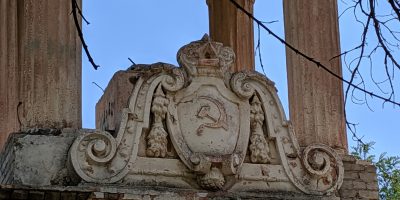
After the Second World War, seven high-rise buildings gradually appeared in the Moscow skyline as stone monuments of power. They represented a coming yet already existing order. Like the city’s virtual dugouts and overcrowded kommunalki, they represented the inability of the Bolsheviks to provide the population with adequate accommodations. The construction process featured Stakhanovite campaigns, forced labour, and artist-architects. But the results were modest.
Following the death of Stalin, a housing reform began under the secretary general of the Communist Party, Nikita Khrushchev, which was to change the face of Soviet cities forever. Millions of new apartments were built. What had previously seemed impossible now became possible. Soviet citizens moved out of overcrowded kommunalki into their own small apartments in the newly erected Khrushchyovkas. As part of this reform, ministries, scientific institutions, vocational schools and construction companies underwent a profound change, as did the lives of millions of ordinary citizens. In contrast to earlier Bolshevik regime reforms, the housing reform of the 1950s took place peacefully. In fact, engineers, architects, bureaucrats and construction workers were involved in such a way in the construction of the new apartment buildings that they all benefited. By focussing on these groups, the planned project contributes to both Soviet science history and to everyday history.
Letzte Änderung: 10. November 2021